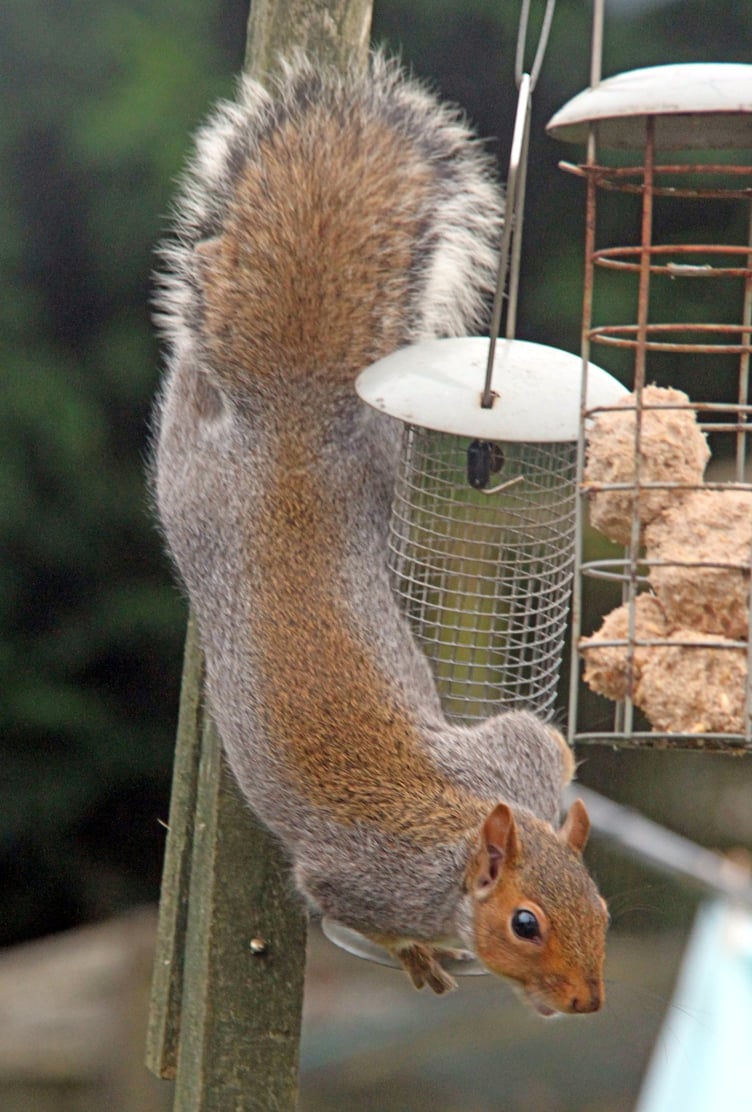A SUMMER Snowflake looks like a giant snowdrop but can grow to half a metre high and have up to six flowers on each stem.
Also known as the Loddon Lilly, they are native to most of Europe but are nevertheless rare in the wild. There are a couple of places in and around Quethiock where they grow and, despite their summer name, they bloom early in the new year on wet ground in woods and beside streams.
On a walk around the parish lanes, we spotted some intensely blue flowers of Lungwort that were growing among brambles down on the hedge creep. So named centuries ago as their white spotted leaves supposedly resemble the lungs of miners, they were used to treat lung diseases.
We took another walk alongside the River Lynher, near Cadsonbury, and noticed a Grey wagtail exploring the vegetation for a nesting site near the water. Usually its nest is made up of dried grass, moss and hair hidden behind rocks or in a hole in the river bank.
A short oak branch was lying half buried on the ground and growing on it were three Scarlet Elf Cups. These beautiful, circular fungal discs around 5cm across curl inwards around the edge and are a vivid red in the centre. They can be seen during winter and early spring, but I have never seen an elf drinking from one.
We took the circular walk, down beside the river and then back along the road to our car, and saw the first Honey Bees of the year, gathering pollen from Lesser Celandine flowers that were growing on the roadside bank.
There is a place in the woods opposite the car park where Stinking Hellebore grows and, with great difficulty due to workmen that were cutting down some of the trees alongside the road, I managed to get up and take a photograph of these evil-smelling plants. It’s this scent that gives the plant their name that attracts early bees and other insects to its nectar. It also attracts snails that eat the oily matter that surrounds the seeds which stick to the snail’s slimy body and shell and are carried away to a new site to, hopefully, grow.
When we arrived back home, we disturbed a squirrel in the garden that had emptied out a feeder containing Sunflower seeds and was starting on the fat balls.
We have two of these small animals that visit us, but I wish they wouldn’t eat so much of the birds’ food. I supply them with hazel nuts and several walnuts from the tree in the churchyard, but I suppose the seeds are easier to devour.





Comments
This article has no comments yet. Be the first to leave a comment.